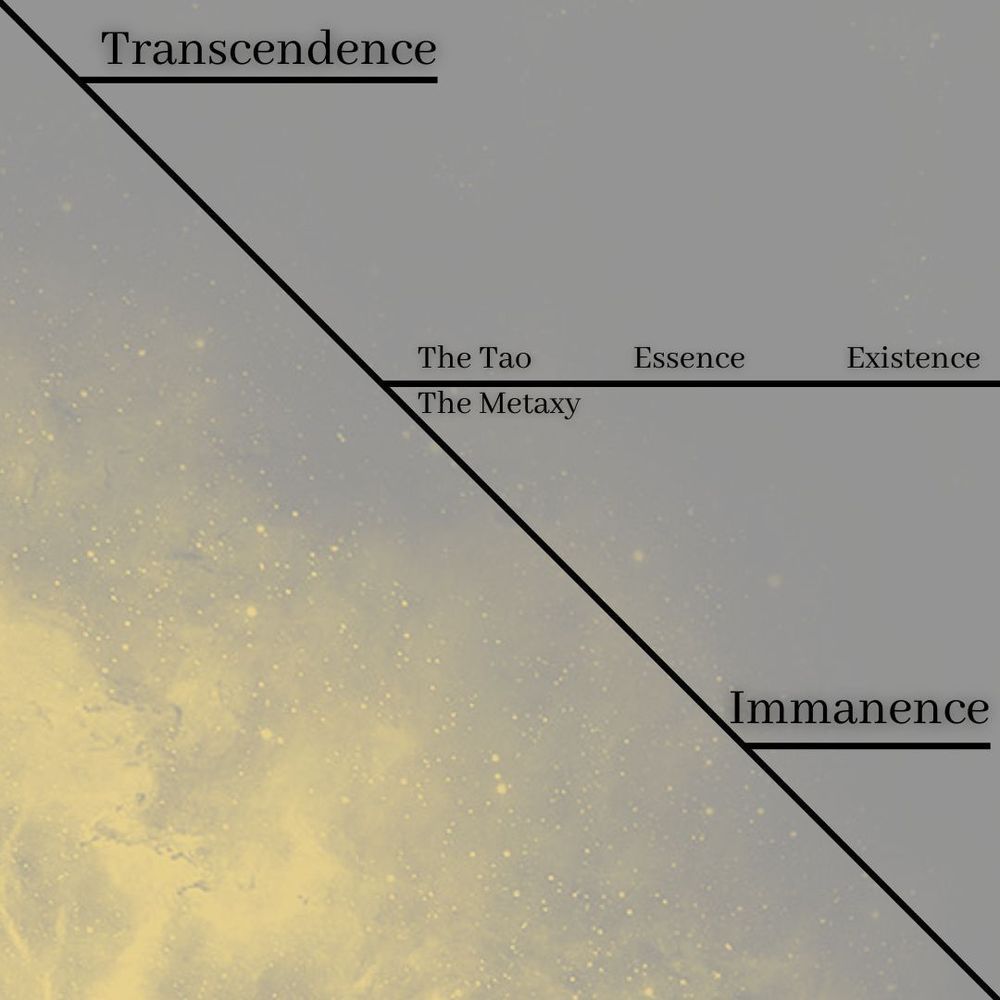
From the Notebooks
Russia has always been a country that takes ideas and practices from the outside, then twists and turns them into something uniquely Russian. This tendency seems endemic to Russia, perhaps ingrained from its inception when its Slavic peoples continually expanded from the western side of the great east European plain into the north and east, resulting in no fixed boundaries between them and their neighbors, with the consequence that they relentlessly assimilated other cultures–an assimilation that influenced Russia's pre-historic language and customs.
The earliest years of Russian history show an influence from Finnish races, steppe peoples, the Greek colonies on the northern coasts of the Black Sea, Persia, Vikings, and possibly even Israel through the dominance of the mysterious Khazars, a proselytized Jewish nation, in the area north of the Black and Caspian Seas.
After Prince Vladimir's baptism, Russia was so influenced by the Byzantine Empire–in its alphabet, literature, legal system, and art–that Russian culture for the next few centuries has been referred to as “tributary” or


“received” culture of Byzantium, albeit a culture transformed by its “pre-historic customs, beliefs, and spirit of the Russian people and their land.” After two hundred years of cultural stagnation under Mongol rule in the 13th and 14th centuries, a new outside force–hesychasm from Mt. Athos–deeply and permanently impressed itself on Russian spirituality, contributing to a monastic surge that single-handedly peopled Russia's great northern forests.
The Russian's tendency to twist outside ideas or practices into something uniquely Russian is especially illustrated here. From the spirituality of Mt. Athos, arose in Russia the institution of the starets. In this institution, the Elder (the Starets) of the monastery is sought by younger monks, surrounding laymen, even ministers of state, for advice. He also develops remarkably close ties with his disciples–a starets, said Dostoyevsky, “is one who takes your soul, your will, into his soul and his will.” Dostoyevsky illustrated this institution in the personage of Starets Zossima.
The spirituality of Mt. Athos was the last significant eastern force to penetrate Russia.
The future outside forces were from the West. In 1631 Peter Mogila founded a school of humanistic studies based on the Jesuit college in Poland and Western Europe, which became known as the Academy of Kiev. Later that century and in the early years of the next century, Peter the Great started the process of forcibly westernizing Russia, contributing to an intellectual and art renaissance imitative of Europe's Renaissance two hundred years earlier. Perhaps more significantly, later in the eighteenth century Catherine the Great became enamored with the Enlightenment, so much so that Voltaire and Diderot recognized her as a fellow philosophe, thereby fathering the movement known as “Russian Voltairism” and moving Russia toward secularized western tendencies.
It was a tendency that culminated in the conquest of Germany's Karl Marx in 1917, which is well symbolized by Lenin's return–accomplished with the help of the German military who hoped Lenin would foment revolution in Russia, thereby crippling her war efforts–from Zurich to Petrograd, where he took charge of the revolution. Like his Russian forebears, Lenin took a western idea, Marxism, gave it a twist–rejection of the historical determinism that is the core of Marxism but which did not fit Russia's state of development–and created a new political philosophy, widely-known as Marxism-Leninism in order to distinguish it from orthodox Marxism.
At this point, Russia seems inclined to continue the western pattern started in 1631. It is turning to western political systems (democracy), western economic systems (capitalism), and even shallow western culture.









